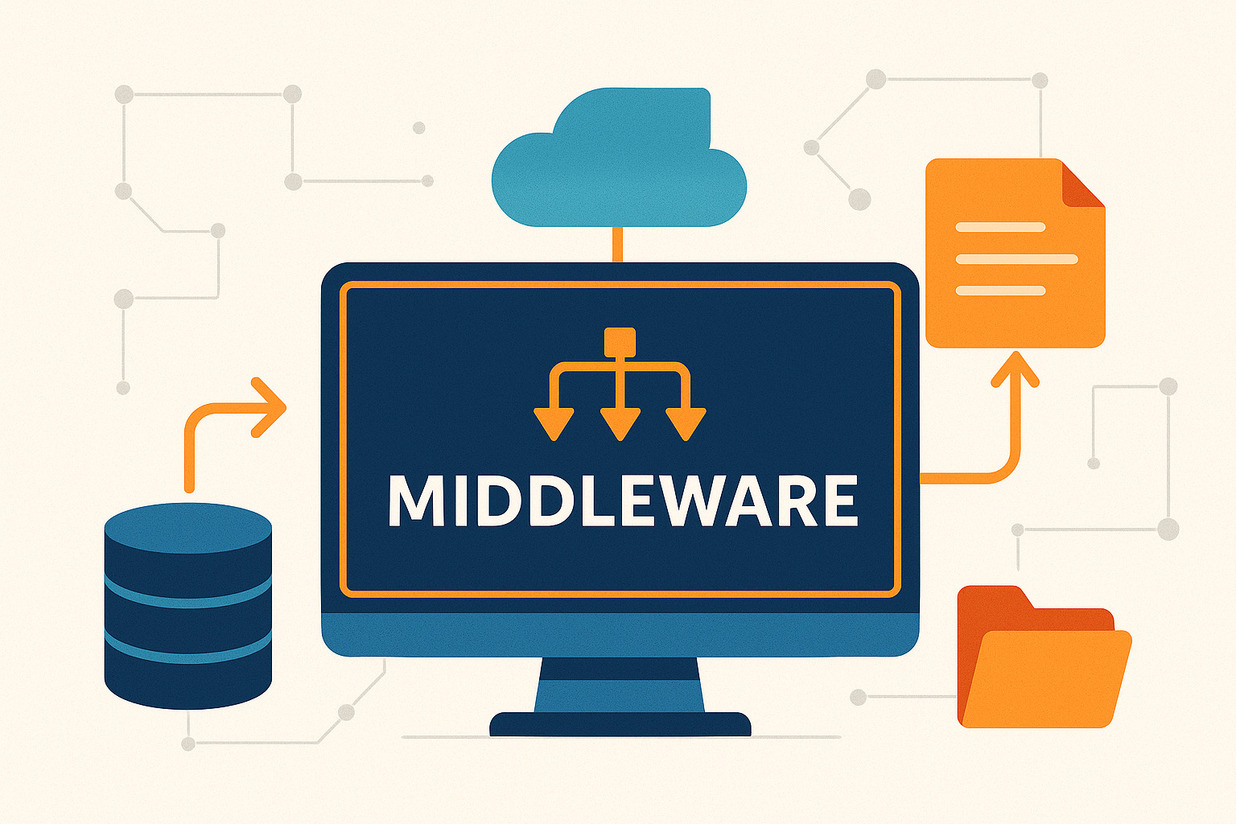
Understanding the Importance of Seamless Data Integration
Data integration is a vital part of running modern organizations, especially as systems multiply and data volumes grow. When different platforms cannot communicate properly, businesses face errors, inefficiencies, and lost opportunities. Spagic offers a smart approach to building reliable bridges between systems.
Efficient integration allows companies to gain better insights, automate processes, and improve service delivery. Without it, departments often operate in silos, duplicating work and missing out on important information. Spagic acts as the glue that connects databases, applications, and services into a single functional unit—laying the groundwork for future-proofing enterprise systems against evolving technological demands.
Understanding why integration matters creates a strong foundation for designing a system that supports business goals rather than simply managing technical tasks. Smooth data movement across platforms is the engine that drives digital transformation.
Building a Strong Integration Architecture with Spagic
A good architecture is the starting point for any successful data integration project. Spagic provides flexible tools to design architectures that suit each organization’s needs, whether connecting internal systems or bridging external partners.
Service-oriented design plays a major role in Spagic’s approach. By creating modular services, businesses can update or replace parts of their integration without massive disruptions. This also allows for easier scaling when new requirements arise or when traffic increases.
Building a strong architecture early on reduces technical debt and keeps systems running efficiently over time. Spagic encourages businesses to think carefully about their design choices and plan for both today’s needs and future expansion.
Using Orchestration to Simplify Complex Processes
When dealing with multiple systems, data often needs to pass through several steps before reaching its destination. Spagic’s orchestration capabilities allow developers to design and manage these multi-step processes without unnecessary complexity.
Orchestration ensures that data transformations, validations, and enrichments happen in a controlled and visible way. This prevents errors caused by missing steps or misunderstood requirements. For example, customer data coming from a website can be cleaned, validated, and formatted before reaching the CRM system.
Using orchestration brings greater transparency to the integration process. It becomes easier to troubleshoot problems, adapt processes, and maintain high data quality across all connected platforms.
Managing Data Transformation with Flexibility
Different systems rarely agree on data formats, so transformation is often necessary. Spagic offers flexible tools for mapping, modifying, and reshaping data as it moves between systems, without introducing unnecessary delays or complexity.
Being able to handle transformations at the middleware layer prevents duplication of logic across applications. For instance, Spagic can reformat date fields, merge customer address information, or adjust numeric values to meet the needs of different systems.
Flexible transformation capabilities are essential for creating sustainable integrations. When business requirements change, Spagic makes it simple to update data transformations without needing major rework across multiple platforms.
Securing Data Flows Across All Connections
Security cannot be overlooked when building data integrations. In Spagic, security features are embedded into every layer, ensuring that data stays protected whether it is at rest or in motion between systems.
Authentication and authorization processes control which services and users can access sensitive data. Encryption protects data from interception or tampering during transfers. These practices are especially critical when integrating external partners or public APIs.
Implementing strong security policies ensures that integrations do not become a weak point for the organization. Spagic gives teams the tools to build connections that are not only efficient but also trustworthy.
Monitoring and Alerting for Reliable Operations
Once data flows are running, it is essential to keep an eye on their performance. Spagic provides powerful monitoring and alerting features that help teams catch problems before they affect users or customers.
Monitoring tracks key metrics like message volume, processing speed, and error rates. Alerts notify administrators when thresholds are crossed, enabling a quick response to issues such as service slowdowns or failed transfers.
Reliable monitoring protects business operations by minimizing downtime and reducing the time needed to find and fix issues. In a busy integration environment, Spagic’s monitoring tools are a key part of maintaining service quality.
Reducing Maintenance Through Smart Service Design
Maintenance costs often rise when integrations are built in a hurry without enough thought about the future. Spagic promotes smart service design that anticipates changes and minimizes the need for ongoing manual adjustments.
Services are built to be reusable across different workflows, reducing duplication. Error handling is designed to recover automatically wherever possible. Documentation is created alongside development to help future teams understand system behavior quickly.
Reducing maintenance overhead saves time, money, and frustration. By investing in smart design up front, businesses make it easier to adapt their integrations when technology, data, or business needs change.
Handling High Volumes of Data Efficiently
As businesses grow, so does the amount of data they need to move and process. Spagic is designed to handle high volumes without degrading performance, keeping systems responsive even under heavy loads.
Batch processing is one way Spagic improves efficiency, allowing large groups of records to be processed together rather than individually. Parallel processing techniques further speed up data movement and reduce backlogs.
Being prepared for volume increases ensures that integrations continue supporting business goals rather than becoming bottlenecks. Spagic’s scalable design keeps data flowing smoothly even during peak periods.
Ensuring Business Continuity During Updates
Integration environments must be able to evolve without causing major disruptions. Spagic supports controlled deployment of service updates, minimizing the risk that changes will impact critical operations.
Version management tools allow old and new service versions to coexist temporarily, giving teams time to test and migrate gradually. Rollback options are available in case unexpected problems arise during updates.
Maintaining business continuity is essential when systems are heavily interconnected. Spagic’s careful approach to change management keeps integration updates smooth, predictable, and low-risk.
Future-Proofing Integration with Spagic Innovations
Technology and business needs never stand still, and integrations must evolve accordingly. Spagic is designed to stay current with new standards, protocols, and development practices, helping businesses stay flexible.
By investing in a future-ready platform, companies avoid costly rework when new data sources, cloud services, or partner systems are introduced. Continuous updates to Spagic ensure compatibility with the latest technologies.
Choosing Spagic for data integration means building a foundation that grows with the business, allowing innovation without losing stability. It gives teams confidence that their integration solutions will remain valuable for years to come.

